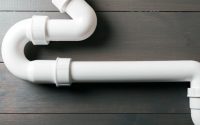The Ideal Conditions for Your Calathea Prayer Plant to Thrive
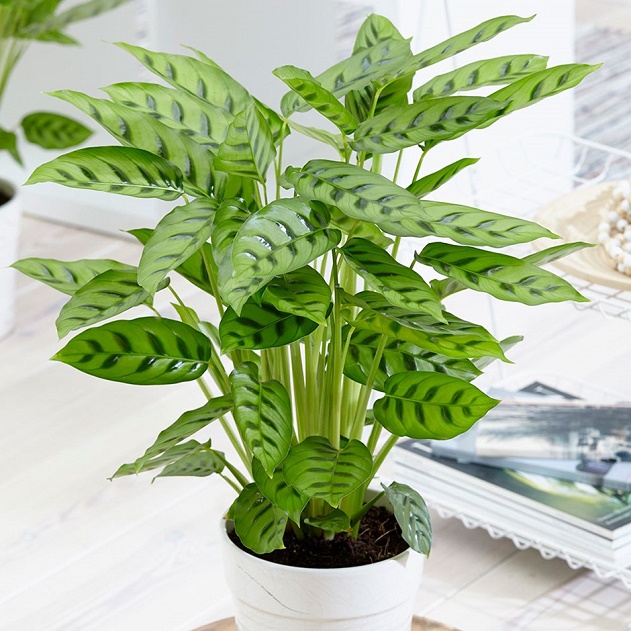
If you’re looking for a way to bring a lively, tropical feeling to your living space, the calathea prayer plant is one that rarely disappoints. Indigenous to Africa, the many species of calathea all feature a dazzling array of colours and unique patterns which is the reason they are often nicknamed zebra, rattlesnake, or peacock plants. Whatever calathea species you have your heart set on is sure to be an unforgettable focal point in your home, rivalling any expensive artwork or high-end fabric.
Besides being a gorgeous decorative plant, calathea is also a popular indoor plant due to being relatively easy to care for. But being low maintenance doesn’t necessarily mean the plant doesn’t need some attention to thrive. Armed with the following knowledge, you can make sure your calathea prayer plant feels perfectly at home.
Light and Temperature Conditions
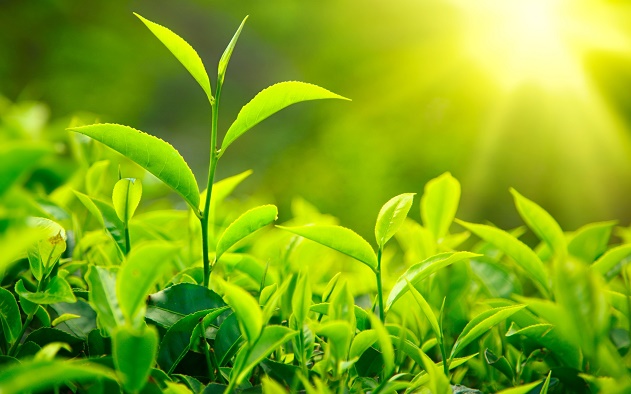
Calathea is a tropical plant that grows on the ground in jungles where it gets a limited amount of light filtered through the thick foliage of the trees. Hence, as an indoor plant, it grows best in warm and humid conditions, at a spot where it gets dappled, indirect light. Be careful not to place it under direct, noon light or its beautiful leaves will start to lose their vibrant colours. The perfect location for a calathea is usually under an eastern or northern window. Also, try to shield it away from drafts and sudden temperature changes.
Type of Soil
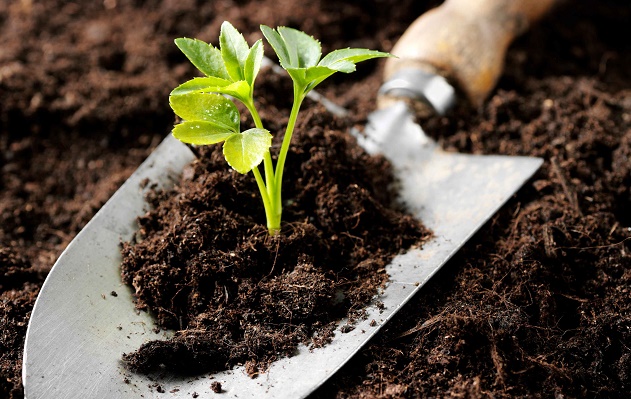
The calathea prefers to grow in a light, porous potting mix that stays moist but drains well. To encourage adequate drainage and aeration, use a potting mix which includes sand, gravel or volcanic rock or mulch with a layer of shredded bark. Make sure that your calathea has enough space to grow by re-potting it every year or two in a larger pot.
Watering
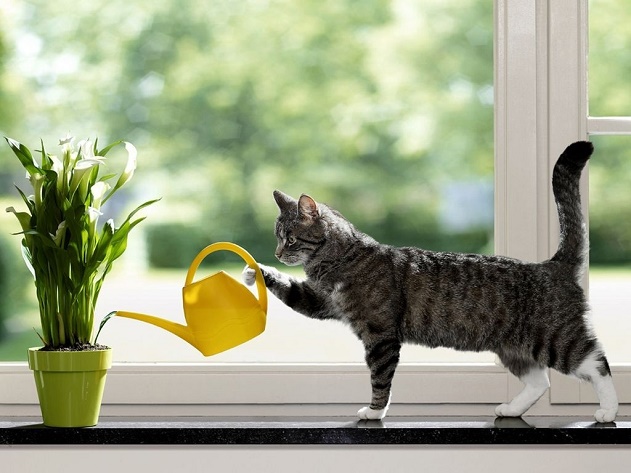
It’s important that the soil remains soggy for most of the time, so make sure to lightly water your plant daily but not so much that it ends up sitting in standing water. When the temperatures drop in winter, wait until the top layer of soil is dry before you water it again. Avoid using cold water as it can cause leaf spotting and stunt root growth.
Watch for Diseases
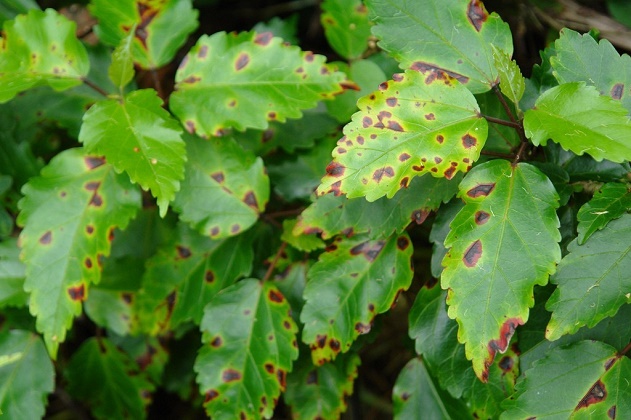
The humid conditions that are perfect for calathea to thrive in are also perfect for the development of fungi and bacteria. The first sign of a bacterial or fungal disease is the appearance of leaf lesions. Avoiding over-watering and quick draining of excess water is the best way to prevent this. The plant can also fall victim to spider mites and scale. Spider mites can be eradicated with insecticidal soap, whereas scale can be easily treated with neem oil.



